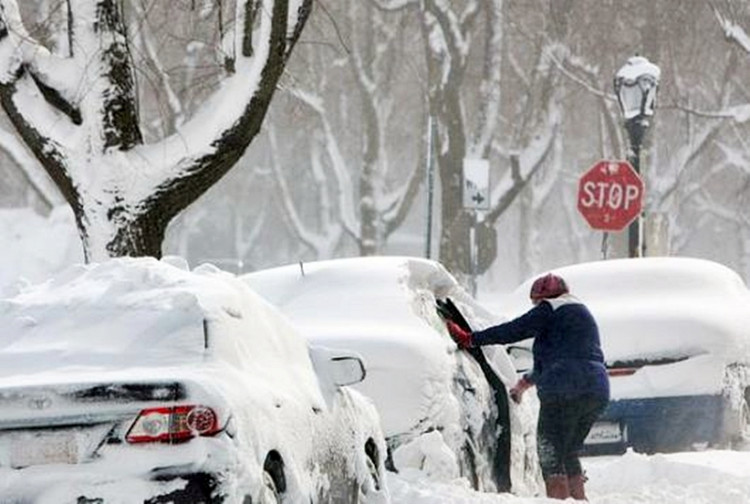The mind-numbing sub-zero cold snap unleashed by the recent Arctic polar vortex (and the Winter Storm Jaden is spawned) on the Midwestern United States and Eastern Canada was a painful lesson for owners of electric vehicles (EVs) about the limitations of their cars.
But there were also valuable lessons learned, both for car owners and the makers of these EVs, which should make the cars better able to cope with the next polar vortex. Thankfully, Winter Storm Jaden that formed Jan. 24 is dissipating as it heads out west. But then, there's 2020.
It's not that the lithium-ion powered Tesla Models S and X; the battery-powered Jaguar I-Pace; the battery-powered Nissan Leaf; the hybrid Toyota Prius; the plug-in Chevrolet Bolt and all other electric vehicles wouldn't start in the frigid temperatures.
They did for the most part, but as their owners found out to their dismay, the biting cold significantly reduced the range of their EVs.
One electric car expert and the owner of a Tesla Model 3 said he normally experiences a consistent 30 percent degradation in range on cold days. But during the incredibly cold Winter Storm Jaden, he said he lost a full 50 percent of the Model 3's normal range.
Experts said there are a number of reasons for the dramatic drop in range for electric cars out in the severe cold.
First off, it's good to remember that the lithium ion (Li-ion) batteries powering most of today's electric cars are at their most efficient at around 21°C or 70°F (the latter being normal human body temperature).
Severe cold will degrade this efficiency by impeding the generation of heat. Battery life is also shortened by the need to heat the cabin and, of course, its human occupants. An EV owner is likely to spend more time driving in the dark in the winter, which demands more power for the headlights.
There's also the need to power other necessities such as the rear window defroster and seat heaters. Taken together, all these essentials eat-up a lot of battery power, so it's no wonder batteries don't last as long they should when face-to-face with Arctic cold temperatures.
There are proven ways to get more juice out of an EV's battery even on terribly cold days. Tesla recommends owners of the Model S and X turn on Range Mode to limit power used by the climate control. This will decrease energy used per mile and maintain range.
Keeping the EV in a warm garage and out of the wind helps. EV makers also suggest keeping the electric car plugged-in and using pre-conditioning to warm it up before heading out for a cold drive.
On the other hand, Tesla recommends owners keep their vehicles plugged-in at all times. It says that even in optimum weather, Tesla sedans lose 1 percent of range every day due to normal resistance within its batteries.
More good news for Tesla owners. Last week, CEO Elon Musk tweeted, "Many cold weather improvements coming via OTA software." OTA means "over-the-air updates" like those on smartphones. Tesla hasn't specified what these cold weather improvements will be, however. But they're coming.






